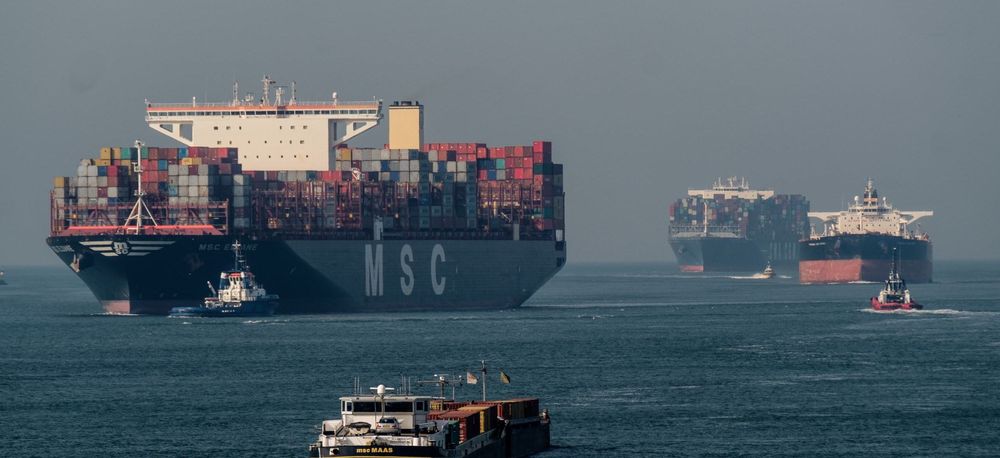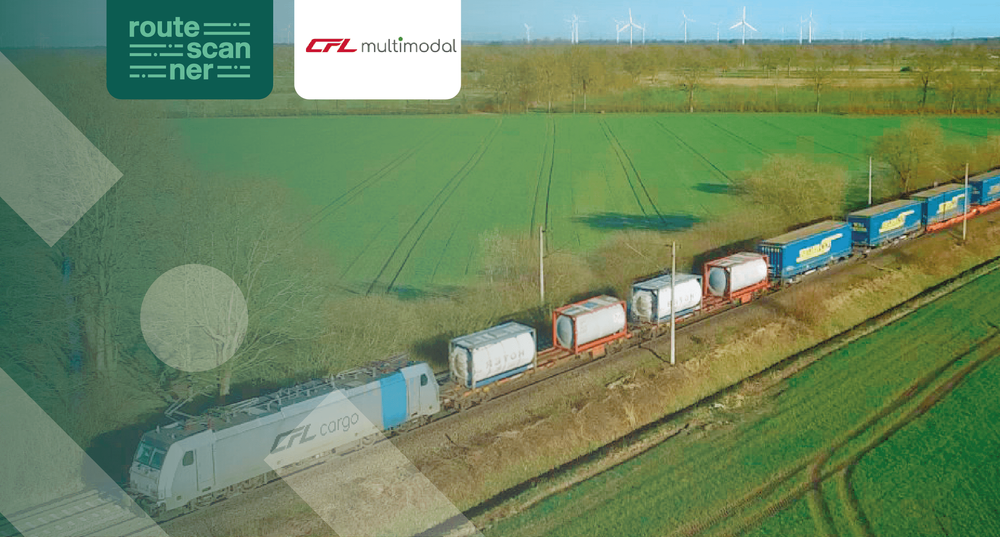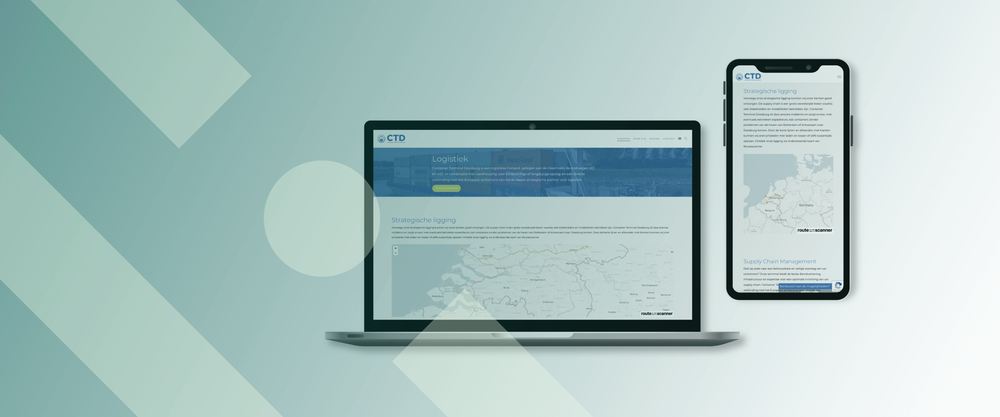
Why you should invest in API/EDI capabilities
What is API/EDI?
Together with Riccardo Lippolis, Backend Architect at Routescanner, we dive deeper into the capabilities of API/EDI connections. API & EDI links are system integrations intended for relatively simple and straightforward document exchange. The essential difference between API and EDI (aside from the difference in technical implementation) is that an API (Application Programming Interface) can be pull-based and an EDI link (Electronic Data Interchange) is push-based. Pull-based means that the receiving party decides when to request data and push-based means that the sender decides when to send data.
What are the advantages?
API and EDI both offer their own advantages. API is generally a lot more modern in terms of technology, allowing parties to share their data with a large audience in one go. Take Google Maps, for example. This lets website owners display their business location on their website using just a piece of code. The API link makes the map interactive and ensures it is always up to date.

EDI is a little more standardised and works in a different way. EDI is still widely used in logistics because it is familiar territory for many companies. Both types of link allow data exchanges to be automated, which means both parties have less to deal with. In addition, EDI makes it easier to send incremental updates. This means there is little or no need for daily manual tasks. Finally, the data is always complete, up to date and is exchanged through a secure channel.
API/EDI in the logistics industry
EDI is a widely used technology to streamline logistics operations such as exchanging information on ETAs, shipments or processing documents. API and EDI are perfect for making ‘near real-time’ changes and are therefore a practical way of sharing operator schedules. Nevertheless, we have noticed that some organisations still present their schedules on their website, and often only in an Excel spreadsheet or on a web page. These schedules are subject to frequent change, and keeping them up to date by hand is a time-consuming job.
API and EDI are perfect for making ‘near real-time’ changes and are therefore a practical way of sharing operator schedules.
How Routescanner uses API/EDI
Our platform has to deal with a range of operators. Therefore, besides Schedule Builder, we also provide the option of sharing schedules over an API/EDI link that fully supports DCSA and IFTSAI standards. As for API, Routescanner offers two variants:
- The operator provides us with a URL from which we can retrieve schedule data (pull-based).
- The operator is assigned a URL, which they can call to give us their schedule information whenever it suits them (push-based).
EDI is a message-based link, which means the operator periodically sends one or more EDI messages containing schedule updates. This information is automatically processed by the receiving parties. One of the most common ways of doing this is over an SFTP (Secure File Transfer Protocol) server. Operators are assigned to an account on that server, which allows them to automatically upload their EDI messages (in the form of files).
What does it mean to be API-driven?
API-driven development involves enabling interactions with software systems over an API link instead of over a dynamic or static user interface. The data is forwarded automatically and is always up to date. At Routescanner, we also try to work with APIs whenever we can, which means:
- Operators can share their schedules over an API/EDI link.
- The routing engine that we built for Navigate/Routescanner can also be used by other parties. An example of this is PortXchange, which uses our API to forecast the ETAs of vessels.
- We reuse certain parts because we use a modular architecture. This allows us to build Routescanner on some of the same foundations we used to build Navigate.
- Operators can use Schedule Builder to update their schedules by hand on a dashboard (user interface). In time, we will be able to configure this to be fully API-driven too.
Are you an operator and interested in finding out more about the benefits of linking API/EDI capabilities to your schedules, please get in touch with us to discover how our platform can streamline your operations.
By Riccardo Lippolis
More from the blog

Routescanner enables lead generation for CFL

Showcase your schedules in an up-to-date network map

Procurement reimagined: strategic tendering in container logistics
Stay in the loop
Discover how our network of shippers, forwarders, operators and terminals is growing.
Subscribe to our updates